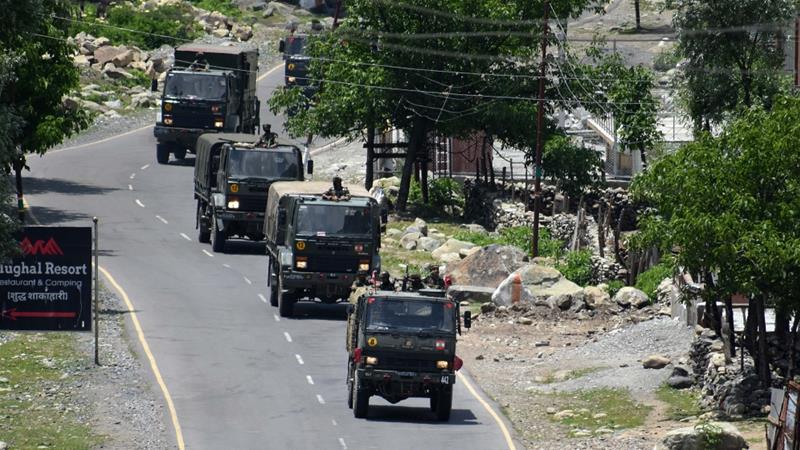
What happened on the night of June 15 in Galwan Valley where 20 Indian soldiers including a Commanding Officer were killed by Chinese soldiers was indeed a planned move by the Chinese if one looks back at the activities going on in the Tibet Autonomous Region (TAR).
Clearly China under the leadership of President Xi Jinping has been asserting itself to play a bigger role in world emerging as a major power centre and towards this end has been adopting an aggressive posture in the region.
Looking back at history briefly, the Chinese always considered themselves the “Middle Kingdom” and whenever they were in a position of strength asserted their dominance and now emerging as a major economic world power, the country under the leadership of Xi sees itself on track to realising its “strong nation dream” and emerging as a major power centre of the world to counter US.
This posture has been getting tougher this year and the country appears to be taking advantage of the COVID 19 pandemic which had its origin in Wuhan and the recent National Congress of the Chinese Communist Party gave approval to law in Hong Kong by which sedition is a crime and action can be taken by Beijing leading to violent protests in the former British colony.
Not only that, it also changed its stance towards Taiwan and adopted a tougher attitude towards the South China Sea (SCS) and gave its approval to Xi as the supreme leader.
The Sino-Indian border region which comes under the Chinese military’s Western Theatre Command (WTC) is oriented towards India and is geographically the largest theatre command within China.
The People’s Liberation Army (PLA) has been carrying out exercises in Tibet, and the frequency has been increasing. Close to a decade ago in 2011, the PLA conducted two joint exercises at the group army level in the Tibet Autonomous Region (TAR) with the goal of practicing employing a division-size force in a truly integrated manner, involving armour, artillery, and the PLA Air Force (PLAAF).
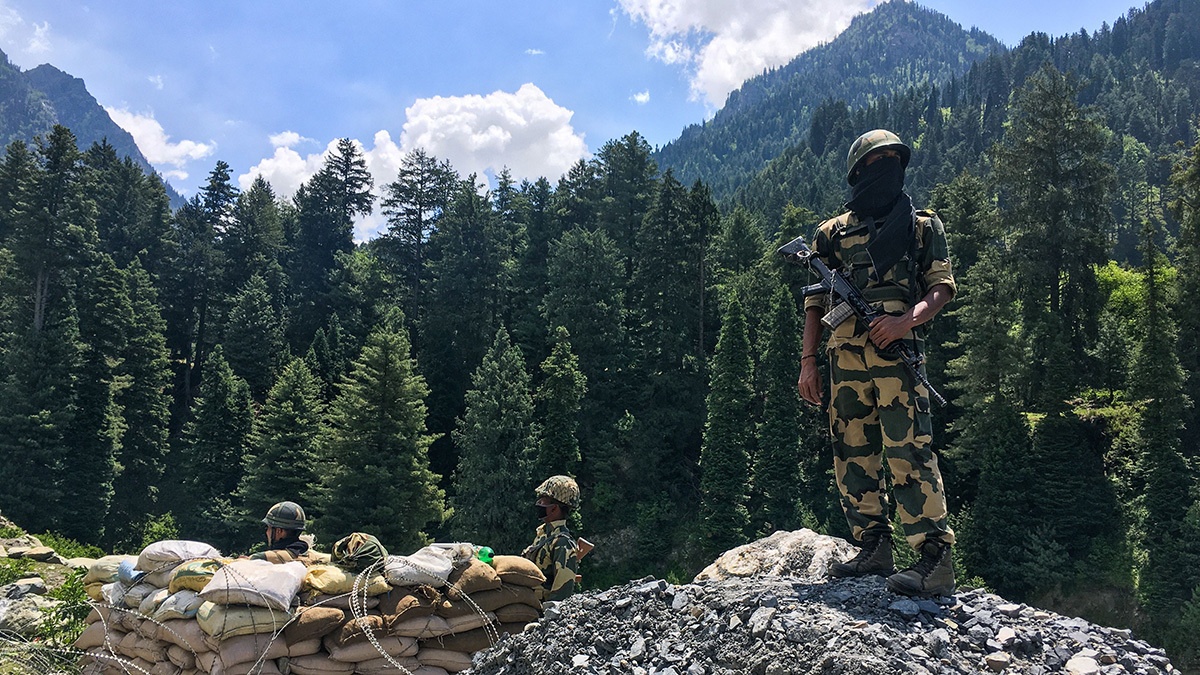
There were also reportedly network-centric operations in a high-intensity electromagnetic environment practiced during this exercise. A J-11 regiment was sighted engaging in night-combat training in Tibet in August 2015.
Beyond individual exercises, these developments demonstrate the growing air infrastructure in the TAR including civilian airports, many of which are used by the PLAAF. These exercises have continued to grow bigger and more sophisticated. Even amid the Doklam crisis in 2017, the PLA was engaged in a joint military exercise on the Tibetan plateau to test agility and combat proficiency in tasks such as assaults on enemy positions.
According to reports, the exercise last month in Tibet witnessed the deployment of several key aspects of Chinese military capabilities including the Type 15 light battle tank and the new 155 mm vehicle-mounted howitzer.
According to Global Times newspaper close to the Chinese Communist Party in a report said the PLA Tibet Military Command had deployed helicopters, armoured vehicles, heavy artillery, and anti-aircraft missiles across the region from Lhasa, which has an elevation of around 3,700 meters, to border defence frontlines at an altitude higher than 4,000 meters.
These developments were by no means surprising. Indeed, the PLA has been beefing up its overall combat proficiency in the last few years by engaging in training and joint exercises, especially in high-altitude regions with implications for how China’s military operates and how other actors in the Indo-Pacific region respond in kind.
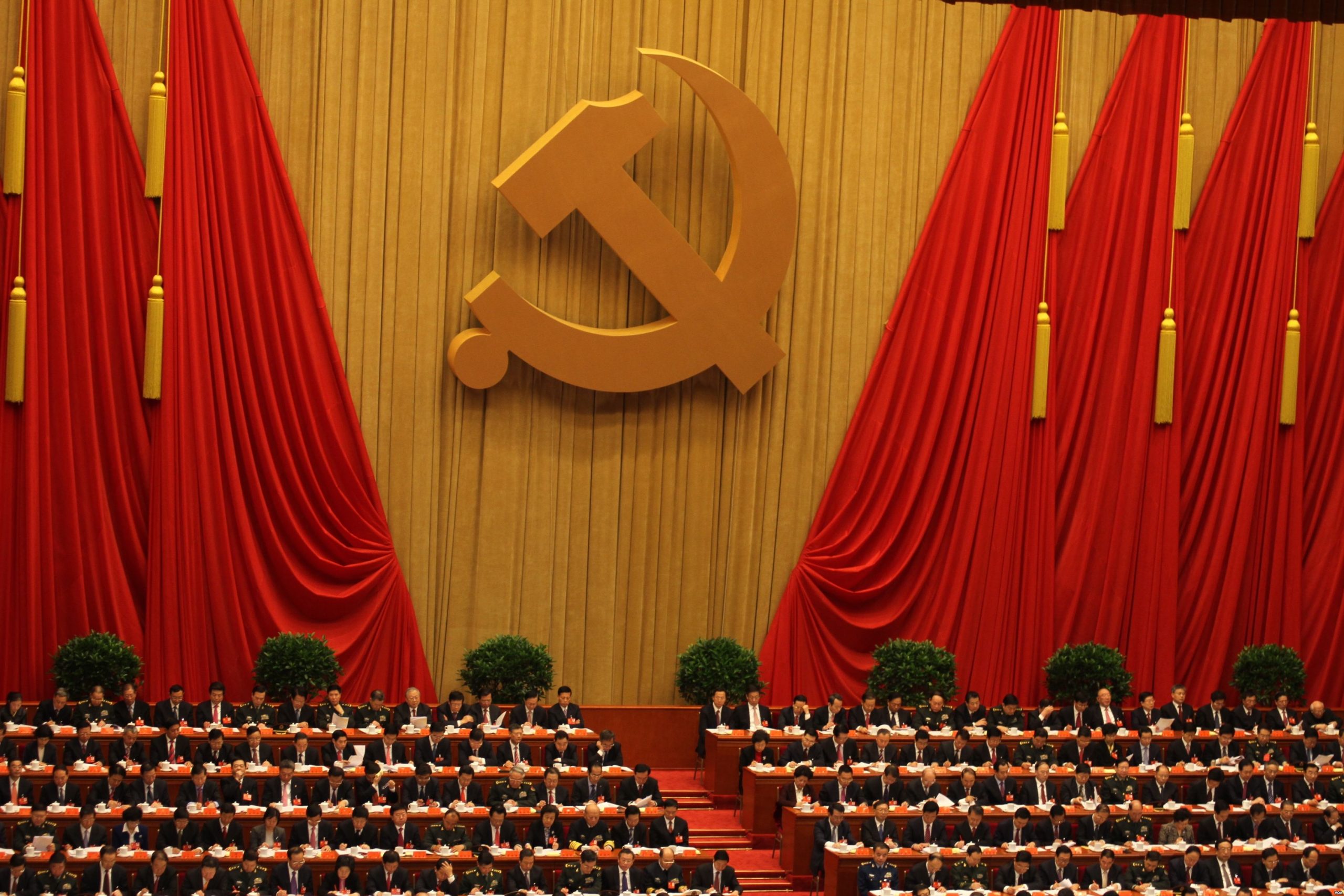
It is indeed ironical that the border tensions and intrusions by Chinese army into Ladakh show that the 18 meetings and the summit meetings in Wuhan and Mamallapuram (also known as Mahabalipuram) between Xi and Prime Minister Narendra Modi do not seem to have yielded any concrete results.
China’s engagements are part of an effort to step up their combat proficiencies in Tibet. More specifically, they address a significant lacuna of the PLA – lack of recent operational experience. These exercises have also focused on bringing about true jointness and integration in military operations.
In addition to these exercises, there are other indicators of increased PLA activity in the TAR. For example, from 2013 onwards PLAAF aircraft and helicopters have been sighted doing increased patrolling. Since 2013, troops coming to sectors opposite the Ladakh sector have been instructed to only travel by air and not by road though the implications of this is unclear.
Since April 2015, there have been increasing PLAAF activities, with J-11 and Su-27 aircraft of the PLAAF engaged in periodic exercises in the TAR.
From an Indian perspective in particular, China’s military efforts in the TAR are of grave concern. Even though this was the first major exercise of the PLA in 2020, there has been a significant increase in PLA engagements in terms of military training and exercises in the TAR over the last decade. The fact that Beijing has established all-weather physical border infrastructure in these areas has enhanced its ability to project military power in the region.
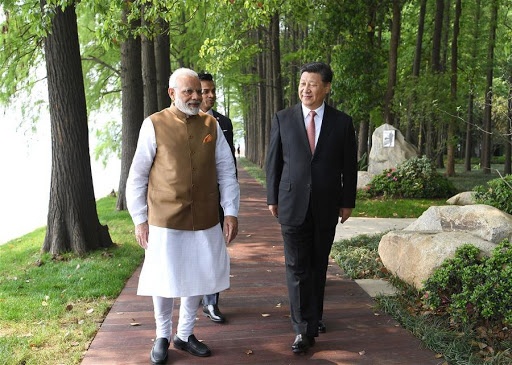
Additionally, the PLA is also known to have set up many military camps close to the border areas with periodic deployment of forces in these camps. This would imply that the PLA remains relatively acclimatized to the high-altitude conditions prevalent in the region.
-Henry Kissinger, Former US Secretary of State
The PLA has been engaged in many single-service and joint military exercises to validate several operational concepts.
The increase in the frequency and complexity of the PLA exercises in the TAR, which the Chinese state-run media publicised, were indeed clear indicators of what the Chinese were planning and a signal to India along with a demonstration of the overall better combat proficiency of the PLA.
So, what happened on June 15 at Galwan Valley and the subsequent intrusions by Chinese troops near the Line of Actual Control (LAC) even as talks at the military and diplomatic levels clearly showed the true intentions of China.
While India may equate military manoeuvres to a game of chess, the Chinese play a board game called “Wei Qui” and as the former US Secretary of State Henry Kissinger said “if chess is about decisive battle, Wei Qui is about protracted campaign and ‘strategic encirclement’ where opponents seek to occupy empty spaces and then surround and capture opposing pieces. While chess encourages single-mindedness, Wei Qui generates guile and strategic flexibility.”
In the ongoing border confrontation, the Chinese appear to have indeed resorted to playing the Wei Qui and brought with them weapons which cause worse injury than guns and have indulged in hand to hand combat.
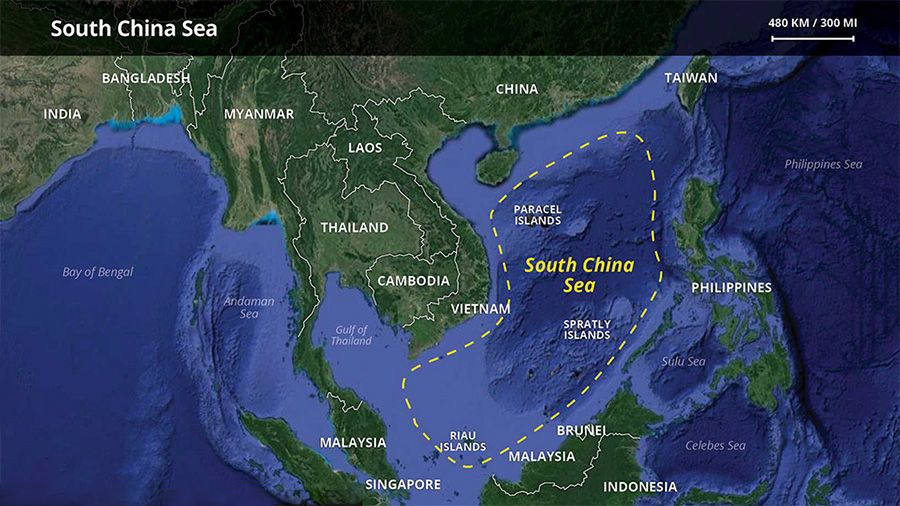
Though observers feel that expectations in China are high under Xi’s leadership who has given a new turn to Chinese economic and foreign policy, yet they admit that China is still lacking the means to fully realise its ambitious goals, something which is particularly true in defence and diplomacy.
For the past two decades, the overarching theme of reporting on China has been that of China’s rise. It appears that China has already risen – but can China now provide international leadership beyond just rhetoric? Beijing’s rigid South China Sea stance, border tensions with India, and growing criticism of the EU and US suggest that the “new type of great power relations” proposed by China looks a lot like the old one.
– The writer is a senior journalist and media consultant. Views expressed are personal and do not necessarily carry the view of Raksha Anirveda








